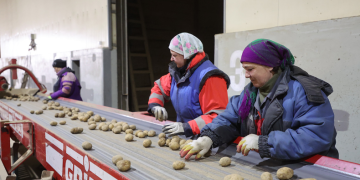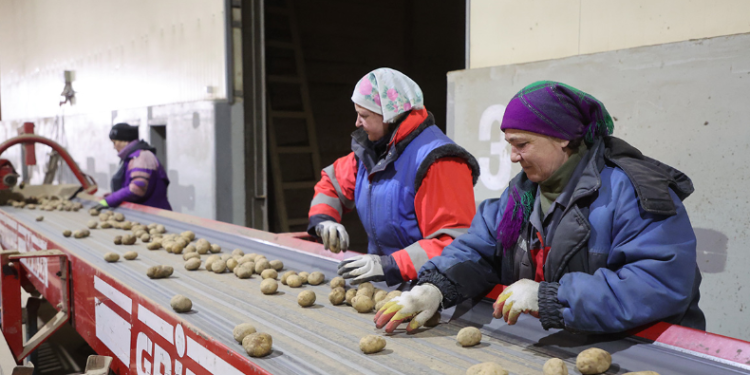#PrecisionAgriculture #IntelligentFarming #DianaTechnology
Precision agriculture has revolutionized the way farmers approach crop management. With the help of intelligent farming technology like farming “Diana,” farmers can optimize their yields while minimizing waste. This article explores the various elements of the farming “Diana” system, including unmanned aerial vehicles, precise planting systems, and satellite-guided spraying. We also discuss the benefits of this technology, such as cost savings, improved crop quality, and increased efficiency.
The farming “Diana” system is a prime example of how precision agriculture is transforming the farming industry. This technology utilizes a range of tools and techniques to optimize crop management, from unmanned aerial vehicles that provide real-time data on crop health to precise planting systems that ensure each seed is placed in the optimal location. One of the key advantages of farming”Diana” is its satellite-guided spraying system, which ensures that each nozzle delivers the exact amount of fertilizer or pesticide needed for a given area. This not only saves farmers money but also reduces the risk of over-application, which can harm the environment and reduce crop quality.
Another benefit of “Diana” is its ability to help farmers make the most of their land. With its precise planting system, farmers can plant crops in even the most challenging areas, such as roadside ditches or turnaround areas. This not only maximizes yield but also reduces the need for manual labor, which can be costly and time-consuming.
Consequences of Development: As more farmers adopt precision agriculture technology like “Diana,” we can expect to see a range of benefits for both farmers and consumers. For farmers, this technology can help reduce costs, increase efficiency, and improve crop quality. For consumers, it can mean access to fresher, healthier produce that is grown with minimal environmental impact. Overall, precision agriculture has the potential to transform the way we approach food production, making it more sustainable, efficient, and profitable for everyone involved.


































